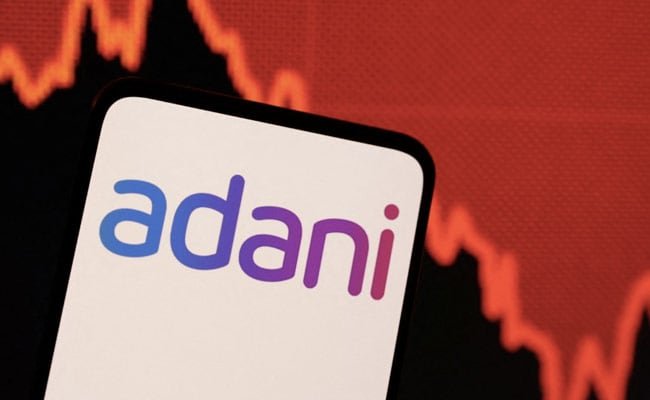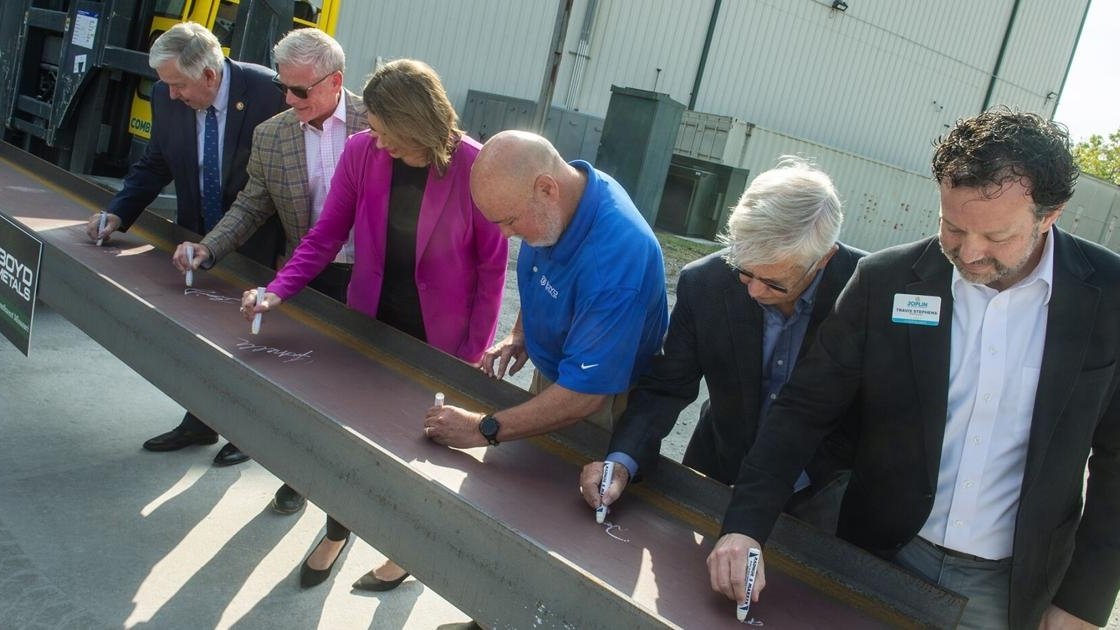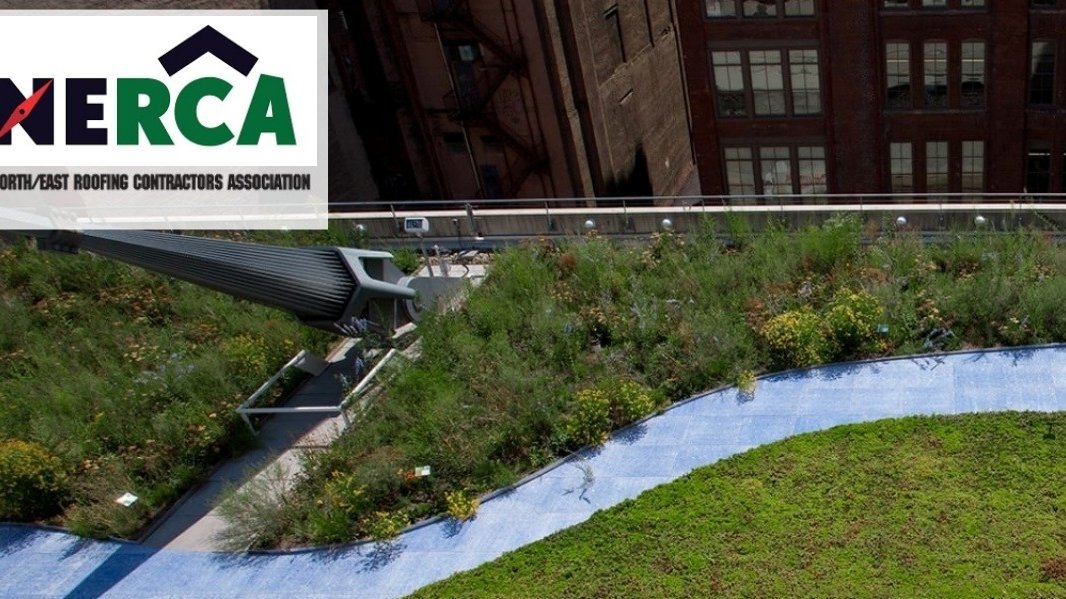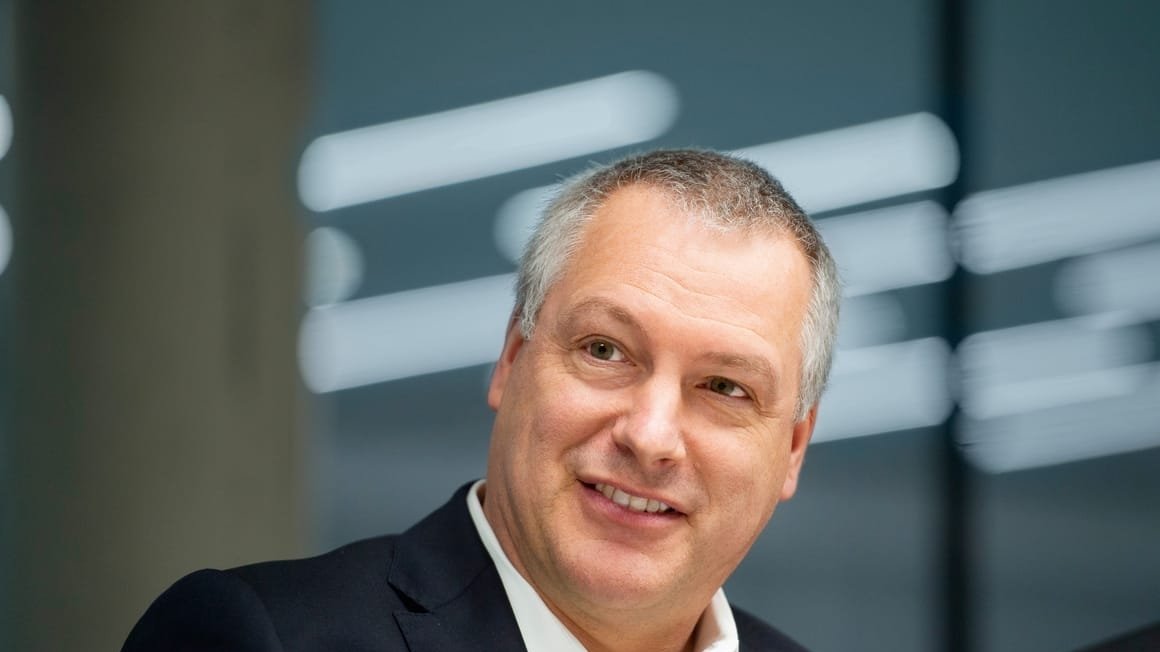As world leaders gather in the UAE for COP28 this week to devise strategies for climate change mitigation, Adani Power has announced that it is embarking on a pilot project to utilize green ammonia combustion at its Mundra plant.
Under this project, the Mundra plant, a prominent private sector power plant, will co-fire up to 20 percent green ammonia in the boiler of a conventional coal-fired 330 MW unit, as stated in a press release by the Adani Group.
Green ammonia, which is produced from green hydrogen that is itself created through electrolysis using renewable energy, will serve as a feedstock for the boilers.
Due to its absence of carbon, there are no carbon dioxide emissions during the combustion of ammonia, making it a carbon-neutral alternative to fossil fuels over the long term.
Adani Power has teamed up with IHI and Kowa-Japan for the pilot project and to explore the possibility of expanding the use of green ammonia to other Adani Power units and stations. Kowa specializes in energy-saving and energy-producing products, while IHI is a heavy industry company with ammonia firing technology.
Combustion tests using a 20 percent ammonia blend, simulating Mundra Power Station equipment, have already commenced at IHI’s facility in Japan.
“The partners are confident that the results will be encouraging enough to implement this solution at the Mundra Power Station once both feedstocks achieve economic parity. The Mundra plant is the first location outside of Japan to be selected for this cutting-edge green initiative,” stated the Adani Group release.
This ambitious project has been devised under the auspices of the Japan-India Clean Energy Partnership (CEP).
“Adani Power is fully committed to reducing its carbon footprint by adopting the latest technologies and proactive measures throughout our business value chain. In line with this vision, we are delighted to collaborate with IHI and Kowa to blend green ammonia for our Mundra plant, thereby reducing CO2 emissions. We will progressively integrate cutting-edge technologies to further reduce emissions in the medium term,” commented Anil Sardana, Managing Director of Adani Power.
Separately, on Tuesday, Adani Total Gas, a conglomerate company co-promoted by Adani Group and TotalEnergies, announced a ‘Green Hydrogen Production and Blending Pilot Project’. This leading energy and city gas distribution company intends to employ the latest technologies to blend green hydrogen (GH2) with natural gas for over 4,000 residential and commercial customers in Ahmedabad, Gujarat, according to a media release from the Adani Group.
GH2 is produced by electrolyzing water using electricity generated from renewable energy. Hydrogen blending has lower carbon intensity compared to burning gas, while retaining its heating capabilities.
The project is scheduled for commissioning in the first quarter of 2024-25, with the percentage of green hydrogen in the blend gradually increasing to up to 8 percent or more, subject to regulatory approvals, added the media release.
Following the successful completion of the pilot, hydrogen-blended fuel will be gradually supplied to larger areas of the city and other licensed regions.
Significantly, in January of this year, the Indian government approved the National Green Hydrogen Mission, which aims to establish India as a global hub for the production, utilization, and export of such technologies. This mission will progressively lead to the decarbonization of the industrial, transport, and energy sectors, as well as a decrease in reliance on imported fossil fuels, among other benefits.
The 2023 United Nations Climate Change Conference, also known as COP28 or the Conference of the Parties of the UNFCCC, will be held from November 30 to December 12, 2023, in Dubai.
India, as a developing nation, is determined to become a developed nation by 2047. It made a comprehensive five-point pledge, known as “Panchamrit,” at COP26 in 2021. The pledge includes reaching 500 GW of non-fossil electricity capacity, generating 50 percent of energy from renewable sources, reducing emissions by 1 billion tonnes by 2030, reducing the emissions intensity of GDP by 45 percent, and achieving net-zero emissions by 2070.














